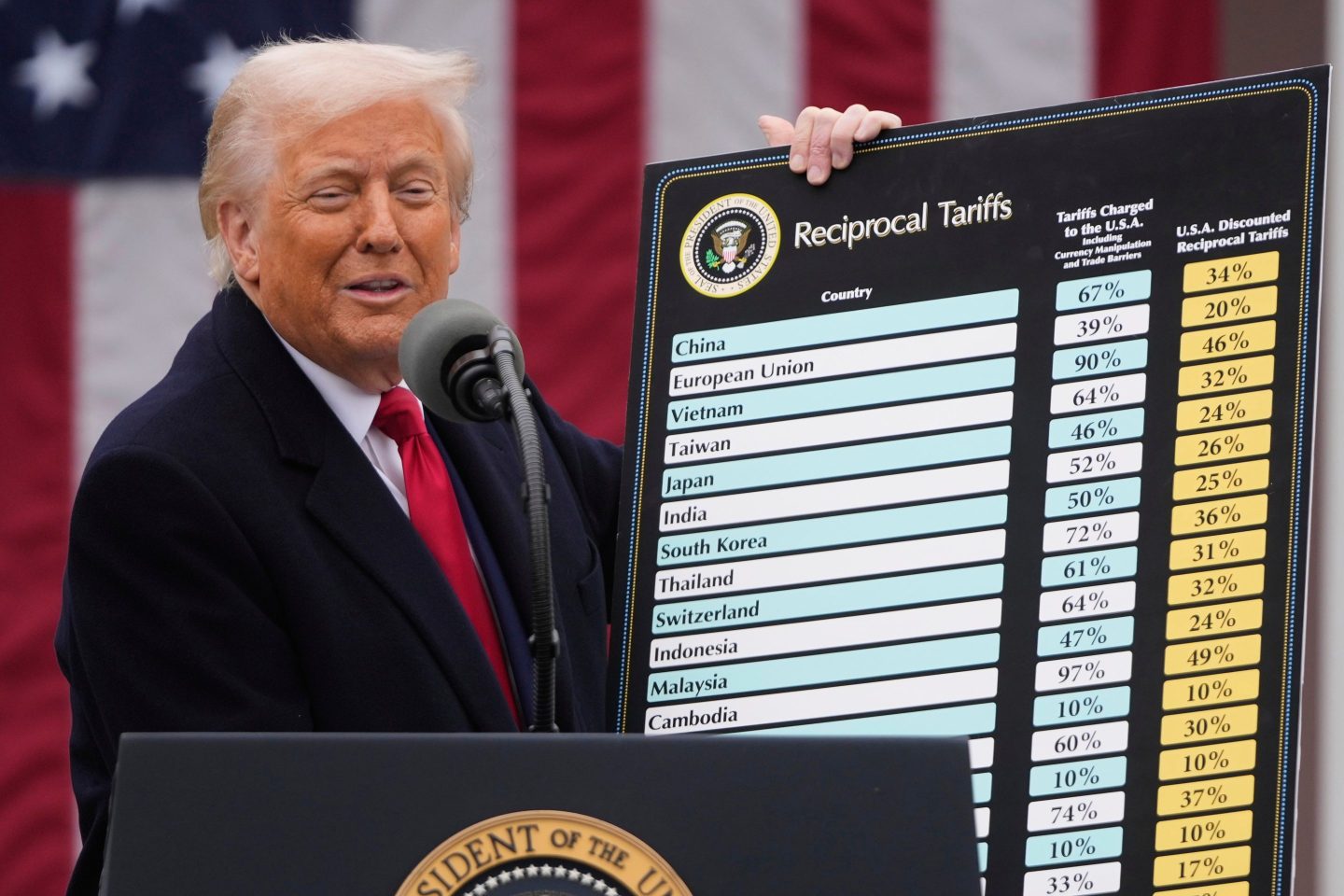In the past week, U.S. senators have busied themselves by attempting to cross an aisle as treacherous as the River Styx and come to a bipartisan agreement on a historic $1 trillion infrastructure deal. And even without a psychopomp to see them through, it appears that Democrats and Republicans are nearing a deal.
Thousands of miles away at the Virgin Hyperloop testing facilities in Nevada, Sir Richard Branson of the Virgin Group is hoping that the infrastructure deal includes some incentives for the hyperloop, a high-speed transportation project which the company said will move 10 times as fast as traditional rail and could cut passengers’ carbon emissions by as much as 95%.
A hyperloop is essentially a train in which passengers would sit in pods holding up to 28 people and hypothetically speed through a low-pressure tube. The pods glide at speeds similar to those of airplanes while floating above the ground using magnetic levitation.
“The infrastructure benefit is massive,” Branson told Fortune. “It will save lives, it will speed people between airports, between cities. It’s environmentally friendly. There is no form of transport that fits better into the bill.”
Josh Giegel, CEO and cofounder of Virgin Hyperloop, sat in D.C. last month as a participant in a House Transportation and Infrastructure subcommittee hearing. This infrastructure bill and the work being done in Washington, he said, will set the tone for the next 100 years of transportation— and high-speed rail and hyperloops will be an integral part of that equation.
“We’re at the beginning of the decade of the hyperloop,” he said. The decade began with Giegel and his colleagues becoming the first passengers to actually experience a test ride in a hyperloop in December of 2020. They hit only 107 miles per hour in the test run, slower than some high-speed rail in Asia and Europe. Giegel said that the work is incremental and that he believes the hyperloop will eventually be able to achieve much faster speeds of more than 700 miles per hour. “We’re hoping by the end of this decade that we’re going to have hundreds of millions of people riding.”
The pandemic, said Giegel, and lessons learned from a year and a half of relative isolation have also increased the incentive for developing transportation alternatives like the hyperloop. People want to be able to connect with one another physically, and they want to do it in a way that creates less pollution and less congestion.
Giegel and Branson also see opportunities for moving cargo. During the pandemic, when Branson was unable to use his multiple airlines to move people, he converted many of them into cargo carriers. He’s hoping Virgin Hyperloop can do the same, in a more carbon-efficient manner. “Just taking lorries [British for trucks] off the road and putting the product into pods and whisking it straight to ports, that would be a big, big part of it. With the current administration, and hopefully this bipartisan agreement, infrastructure like this is exactly what they’re looking for,” he said.
France recently voted to ban short-haul domestic flights, an unprecedented move meant to reduce carbon emissions. The idea has been floated in the U.S. by climate activists but has so far mostly served as fearmongering fodder for Fox News pundits. Branson and Giegel, however, don’t think the U.S. is as far off from taking action as public reception of the proposal might indicate.
“We’re choosing to invest in new technologies,” said Giegel. “The old technologies aren’t going to go away. There’s still gonna be trains, there’s still going to be planes. We’re looking to complement those. We’re looking to add a new capability that’s sustainable and high speed,” he said.
Global aviation currently accounts for 2.5% of CO₂ emissions. Emissions from planes have doubled since the mid-1980s.
A new crop of billionaires, including Branson, Elon Musk, and Jeff Bezos, have been racing to innovate and create new, large transport and infrastructure projects here on Earth and up in space. This is a particularly transformative time, said Branson, but it’s difficult to keep innovating without government help.
“These kinds of projects historically have been run by governments, they’ve cost billions to bring to fruition, and they’ve taken 20 or 30 years,” he said. “These are private companies, and we haven’t got the billions [to invest without a guarantee of profit], so we have to create these things on a very tight budget and be very inventive. It does take patience.”
Americans will have to wait some time for hyperloops to happen, he said, and that makes it difficult to sustain interest in and support for the project. “They’re long-term projects,” said Branson, “but well worth waiting for.”
Senate Majority Leader Chuck Schumer said last week that he hoped there would be a vote on a bipartisan infrastructure bill by July, ahead of the August recess. At least 11 Republican and 21 Democratic senators now support a $1 trillion bipartisan proposal which would not raise corporate taxes. But the agreement faces some challenges: The Biden administration says that it has not seen the plan yet, and some progressive senators have indicated that they don’t think the proposal does enough to address climate change and income inequality, signaling that they may not sign off.
Subscribe to Fortune Daily to get essential business stories straight to your inbox each morning.












